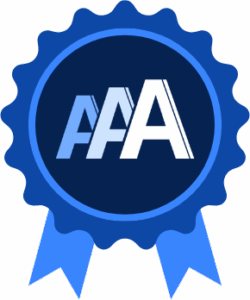disability: Visual
Promotes web accessibility for people with blindness, low vision, or color blindness.
1.1.1 Non-text Content
All images and other non-text content (like icons, charts, audio, CAPTCHAs, or controls) must have a descriptive text alternative that conveys their meaning. Purely decorative content can be hidden from assistive technologies (e.g. using an empty alt attribute).
1.2.3 Audio Description or Media Alternative (Pre-recorded)
Important visual content in prerecorded videos must be described using; an audio description or; a text-based alternative.
1.2.5 Audio Description (Pre-recorded)
Important visual content in prerecorded videos with audio must be described using; an audio description, unless it is already explained in the main audio track.
1.2.7 Extended Audio Description (Pre-recorded)
Prerecorded videos must include extended audio descriptions if important visual content can’t be described during normal playback like important visual details, on-screen text not spoken aloud, or scenes without natural audio breaks.
1.2.8 Media Alternative (Pre-recorded)
Prerecorded videos must have a full text alternative—even if captions and audio descriptions are already available—that includes all speech, relevant sound effects (like music, alarms, or laughter), and important visual content.
1.3.1 Info and Relationships
Visual information and relationships (like labels, headings, or groupings) must also be conveyed in the code using semantic HTML (e.g. <label for="">, <ul>, <h1>) or ARIA attributes (e.g. <aria-describedby>, <role="group">) so that assistive technologies can understand the structure.
1.3.2 Meaningful Sequence
Content must follow a logical and meaningful order in the code so it can be understood correctly by assistive technologies even if the visual layout differs.
1.3.3 Sensory Characteristics
Instructions and descriptions must not rely on sensory features alone, like color, shape, size, visual location, or sound. Always provide additional text to clarify meaning.
1.3.4 Orientation
Content must remain readable and usable in both portrait and landscape orientation, unless a specific one is essential (e.g. in a piano app that requires landscape to show the full keyboard).
1.3.5 Identify Input Purpose
The purpose of common form fields (like name, email, or address) must be defined in the code so that browsers and assistive technologies can offer input support, such as autocomplete.


